Helping Long-Term ELs Master Academic Texts
A MiddleWeb Blog
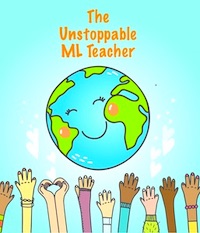 Think about your most memorable reading experience from your schooling. Maybe you can recall sitting on a rug while your teacher made up silly voices for the read-aloud story. Or perhaps you can still see the first book you took out on your own library card. Whatever memory is flashing across your mind, I bet it was a joyful one.
Think about your most memorable reading experience from your schooling. Maybe you can recall sitting on a rug while your teacher made up silly voices for the read-aloud story. Or perhaps you can still see the first book you took out on your own library card. Whatever memory is flashing across your mind, I bet it was a joyful one.
Mine wasn’t.
It occurred in Grade 6 English Language Arts when my teacher had students volunteer to read passages from a short story. After listening to a few classmates, I eagerly volunteered to read.
When my classmates read, it was flowing and dynamic like a river. But when I read, it was like watching a pearl of cold water slowly drip from an icicle. I struggled to decode almost all the words. So much of my mental energy was devoted to decoding that I had no idea what I read the instant it left my mouth.
Watching me struggle was so painful that after two sentences, my teacher interrupted me, thanked me for reading, and quickly asked someone else to read. I was grateful that she rescued me, but she couldn’t rescue me from the bruised confidence that comes from realizing that my reading skill was significantly underdeveloped.
Before, during and after reading
Reading can be a challenge for multilingual students like myself. Fortunately, there are things we can do before, during, and after reading to increase student comprehension. The suggestions in this article are best for MLs who are not beginners in English as this level of guidance requires a base foundation in phonics and decoding skills.
It is just one of many strategies Beth Skelton and I suggest in our Corwin book Long-Term Success for Experienced Multilinguals. In it, we provide an instructional framework to make learning equitable for students labeled as “long-term English learners.”
Before reading
Text engineering is one of the most effective things we can do to increase comprehension before handing the book off to our students (Bilings & Walqui, 2021). Instead of modifying the complexity of a text, which reduces its academic rigor, we can add things to make it more accessible. These include:
- synonyms of challenging vocabulary
- headings to divide lengthy sections
- photos connected to a section of text
- captions under photos
All of these additions support students in understanding the text without taking away the opportunity to read grade-level texts.
During reading
When students actively engage with the text, they’re more likely to understand it (Beers, 2023). A few engagement strategies involve annotating, collaboratively processing, and guided reading in small groups. All of these options encourage students to interact with a text to derive meaning.
Annotating is a form of reading engagement that teaches students to periodically stop and summarize a section of text. A section can range from a sentence to a paragraph or a series of paragraphs. For students with developing English skills, annotating sentences is helpful while annotating a series of paragraphs would be more effective for the more proficient MLs. Students can annotate using short phrases, write a brief sentence, process in another language or draw a simple sketch. Annotating raises comprehension because
- the text is read in more manageable amounts and
- it facilitates the synthesis of information.
Students can also read collaboratively – periodically pausing to summarize the text aloud with their partner. They co-construct its meaning by clarifying ideas, making connections, providing evidence, and asking questions. All of this can be done in another language because the goal is often content comprehension, not English perfection.
Just like annotating, collaborative reading raises comprehension because the text is read and processed in chunks. The increased engagement fosters greater understanding and can often produce greater clarity than working individually.
A final option is for the teacher to gather a few students who would benefit from more structure in a guided reading group. In this group, the teacher would read the text, periodically pause, and have students process the text with the teacher’s guidance. The teacher can:
- explain vocabulary words
- highlight particular details
- instruct students to write an annotation
- invite students to talk with a partner
- guide students to make connections between ideas
The guided reading groups develop students’ abilities to engage effectively with the text. Over time, students will internalize these skills and apply them more independently.
After reading
Synthesizing information is often the most difficult part of comprehending a text as there are so many details, and knowing which ones are essential can be challenging for MLs. One way to bring the central concept and main details together after reading is using a protocol called Guided Summary.
In this protocol, the teacher writes a series of sentence starters. Each sentence starter addresses a main idea or detail from the text. The teacher shares these sentence starters with students and guides students in answering them as a whole class. This process raises comprehension by focusing on the most essential details of the text.
Holistic reading instruction
Reading is a cognitively challenging task for MLs. Our job is not to reduce the reading challenges but to provide scaffolds that help students successfully construct meaning. These scaffolds can occur before, during, and after students read the text. This holistic view of reading instruction guides teachers in scaffolding students’ engagement with the text so that reading becomes a successful, affirming, and joyful experience.
References
Beers, K. (2023). When kids can’t read: What teachers can do. 2nd Edition. Heinemann.
Billings, E., & Walqui, A. (2021, January). Topic Brief 3: De-Mystifying Complex Texts: What are “Complex” Texts and How Can We Ensure ELLs/MLLs Can Access Them? New York State Education Department. http://www.nysed.gov/bilingual-ed/topic-brief-3-de-mystifying-complex-texts-what-are-complex-texts-and-how-can-we-ensure

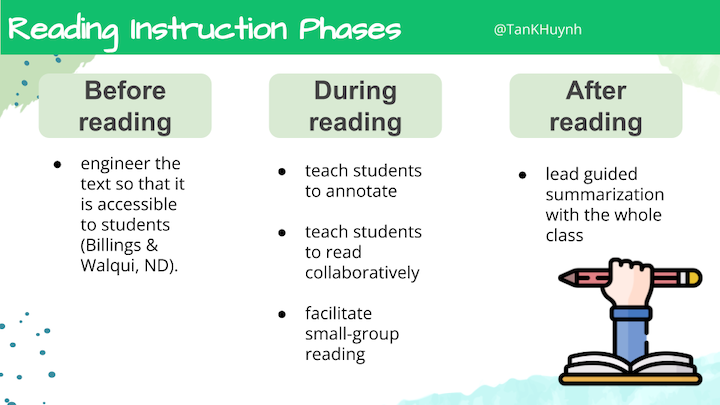
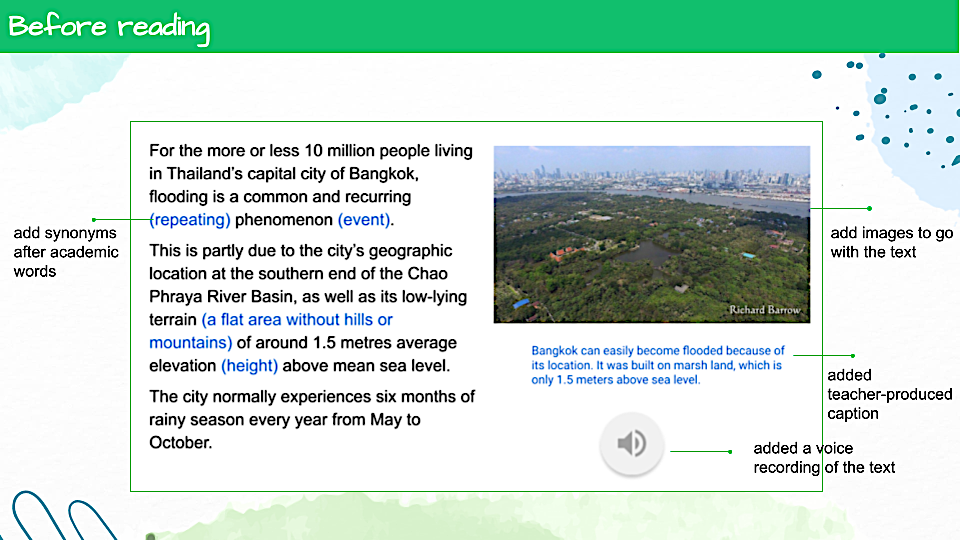
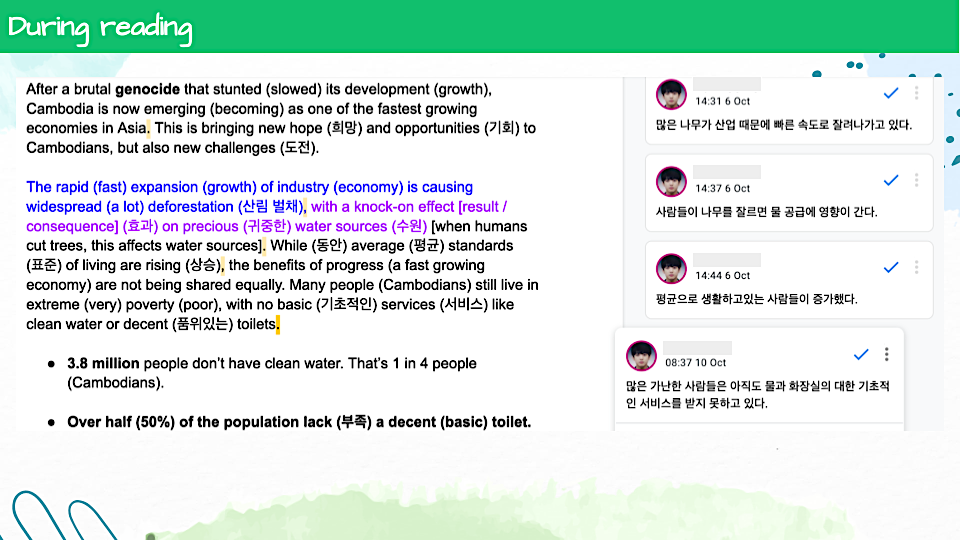
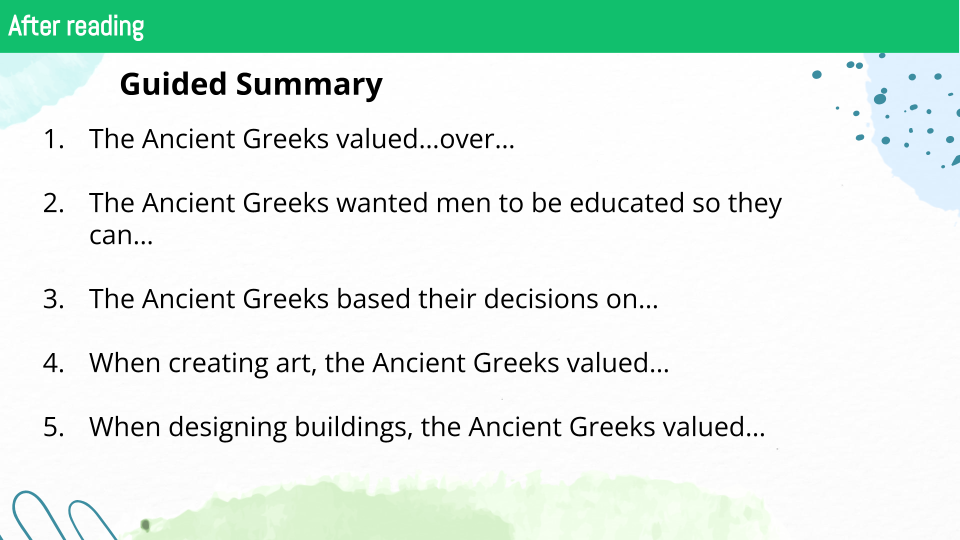


































Something that works for me is to provide learners with a pre-reading vocabulary list with words from the text and get them to do some dictionary work. They identify definition, synonyms and learn to use the words in statements of their own.